Figures & data
Table 1 Baseline Characteristics of Head Trauma Patients and Factors in Relation to Serum NLRC4 Levels After Head Trauma
Figure 1 Serum NLRC4 levels after severe traumatic brain injury. Serum NLRC4 levels were substantially elevated after severe traumatic brain injury, in comparison to controls (P<0.001).

Figure 2 Correlative analysis of serum NLRC4 levels following severe traumatic brain injury. (A) Correlation of serum NLRC4 levels with Glasgow coma scale scores after severe traumatic brain injury. Serum NLRC4 levels were significantly correlated with Glasgow coma scale scores after severe traumatic brain injury (P<0.001). (B) Correlation of serum NLRC4 levels with Rotterdam computed tomography scores after severe traumatic brain injury. Serum NLRC4 levels were significantly correlated with Rotterdam computed tomography scores after severe traumatic brain injury (P<0.001). (C) Correlation of serum NLRC4 levels with serum C-reactive protein levels after severe traumatic brain injury. Serum NLRC4 levels were significantly correlated with serum C-reactive protein levels after severe traumatic brain injury (P<0.001).
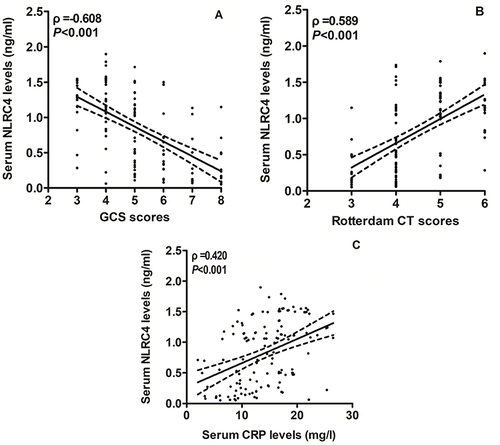
Figure 3 Serum NLRC4 levels among severe traumatic brain injury subgroups according to clinical and radiological severity scales. (A) Serum NLRC4 levels among subgroups with different Glasgow outcome scale scores after severe traumatic brain injury. Serum NLRC4 levels were significantly decreased in order of Glasgow outcome scale scores from 3 to 8 (P<0.001). (B) Serum NLRC4 levels among subgroups with different Rotterdam computerized tomography scores after severe traumatic brain injury. Serum NLRC4 levels were significantly increased in order of Rotterdam computerized tomography scores from 3 to 6 (P<0.001).
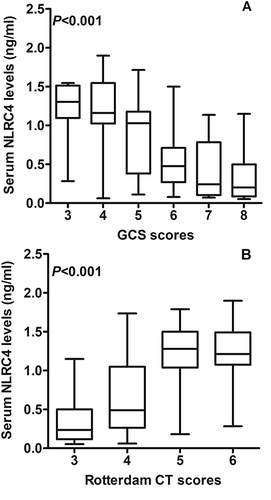
Table 2 Factors in Relation to 180-Day Mortality After Head Trauma
Figure 4 Serum NLRC4 levels with respect to discriminatory ability for risk of 180-day death after severe traumatic brain injury. (A) Predictive value of serum NLRC4 levels for 180-day death after severe traumatic brain injury. Serum NLRC4 levels efficiently distinguished patients at risk of 180-day death following severe traumatic brain injury (P<0.001). (B) Differences in 180-day death predictive ability between serum NLRC4 levels and other variables among severe traumatic brain injury patients. Combination of serum NLRC4 levels, Glasgow coma scale scores and Rotterdam computerized tomography scores had insignificantly higher area under curve than Glasgow coma scale scores (P>0.05), while displayed substantially higher area under curve than Rotterdam computerized tomography scores (P<0.05).
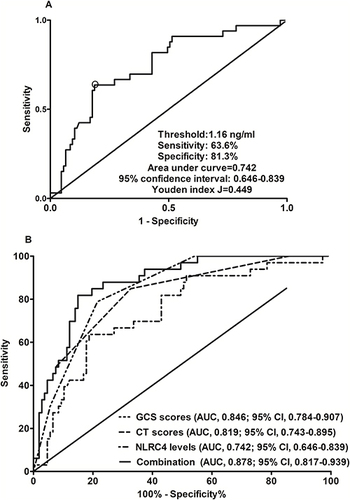
Table 3 Factors in Relation to 180-Day Overall Survival After Head Trauma
Figure 5 Difference in 180-day overall survival time according to serum NLRC4 levels after severe traumatic brain injury. Based on median value of serum NLRC4 levels (namely, 0.83 ng/mL), patients were dichotomized into two subgroups. Patients with serum NLRC4 levels > 0.83 ng/mL exhibited markedly shorter 180-day overall survival time than other remainders (P<0.01).
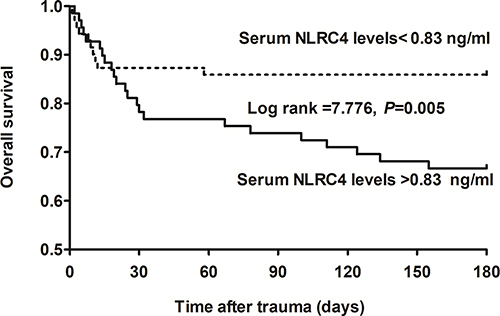
Table 4 Factors in Relation to Extended Glasgow Outcome Scale Scores at 180 Days After Head Trauma
Figure 6 Relationship between serum NLRC4 levels and 180-day extended Glasgow outcome scale scores after severe traumatic brain injury. (A) Correlation of serum NLRC4 levels with 180-day extended Glasgow outcome scale scores after severe traumatic brain injury. Serum NLRC4 levels were in close correlation with 180-day extended Glasgow outcome scale scores after severe traumatic brain injury (P<0.001). (B) Difference in serum NLRC4 levels among subgroups with different 180-day extended Glasgow outcome scale scores after severe traumatic brain injury. Serum NLRC4 levels were dramatically declined in order of 180-day extended Glasgow outcome scale scores from 1 to 8 (P<0.001).
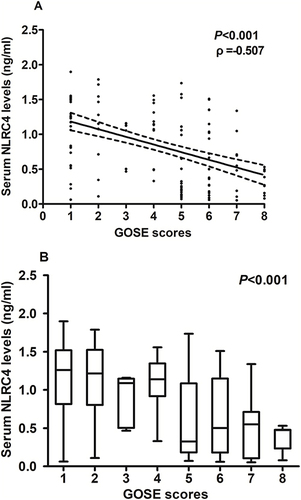
Table 5 Factors in Relation to 180-Day Poor Outcome After Head Trauma
Figure 7 Serum NLRC4 levels concerning distinguishable capability for risk of 180-day poor outcome after severe traumatic brain injury. (A) Predictive ability of serum NLRC4 levels for 180-day poor prognosis after severe traumatic brain injury. Serum NLRC4 levels substantially distinguished patients with development of 180-day poor prognosis following severe traumatic brain injury (P<0.001). (B) Differences in 180-day prognostic predictive ability between serum NLRC4 levels and other parameters among severe traumatic brain injury patients. Serum NLRC4 levels combined with Glasgow coma scale scores and Rotterdam computerized tomography scores exhibited profoundly higher area under curve than Rotterdam computerized tomography scores and Glasgow coma scale scores alone (both P<0.05).

Data Sharing Statement
The data that support the findings of this study are available on request from the corresponding author. The data are not publicly available due to privacy or ethical restrictions.
